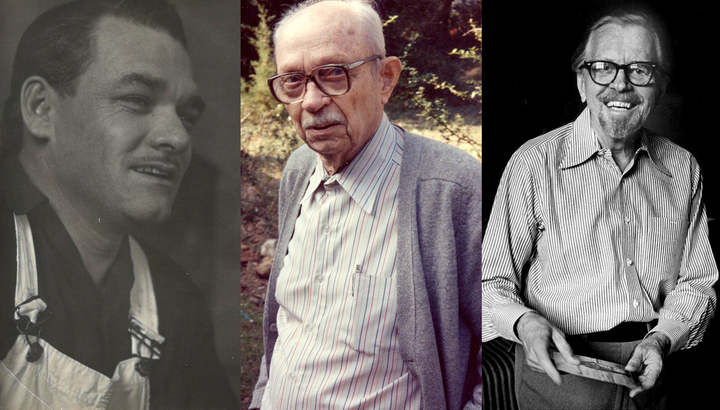The Carter Blog
Carter ARTicles
Art and exchange in Faces from the Interior
Jan 04, 2023
As a curator of Native American art, I am especially interested in what Karl Bodmer’s watercolor portraits of Indigenous people and Prince Maximilian’s hand-written journals can tell us about creativity on the Great Plains. In my field, it’s common to have very little information about the history of cultural belongings such as painted war shirts or beaded moccasins. Collectors in the 19th century often didn’t record the name of the person who made these objects or even the name of the tribe from which the object originated.
What is amazing for scholars of Native American art is that Maximilian took fastidious notes on how he obtained Native American cultural belongings through gifts, trades, and purchases. For instance, on June 2, 1833, Maximilian wrote about his encounter with Očhéti Šakówiŋ (Sioux) people near Fort Pierre in present-day South Dakota, “I bought various articles from them, including bows, arrows, quivers, a saddlebag of painted parchment, a pipe, a hoop game with four sticks, and particularly the beautifully painted buffalo hide that the woman whom Mr. Bodmer had painted was wearing.”jump to citation[x] This references the extraordinary black, red, and white box-and-border style painted buffalo hide robe Chan-Chä-Uiá-Te-Üinn wore in her portrait. The actual robe still exists, along with many such items collected by Maximilian that are now located in two German museums, the Ethnologische Museum in Berlin and the Linden-Museum in Stuttgart.
An Indigenous custom in this region was to give gifts upon first meeting someone and when making a request. William Clark (of Lewis and Clark) advised Maximilian and Bodmer to stock up on European-manufactured items that would make good gifts to give to the people they encountered on their journey. Lucky for us, Maximilian documented exactly what he purchased in St. Louis on his way up the Missouri River: calico, knives, brass bells, magnifying glasses, vermilion, red ribbons, feathers, iron lighters, tobacco pipes, tobacco, nails, and glass beads.jump to citation[x]
You can see these materials everywhere in Bodmer’s portraits. Many of the men and women Bodmer portrayed are wearing vermilion, a vibrant reddish-orange pigment imported from China that was especially prized among Indigenous people on the Plains who used it to paint their faces, bodies, and cultural belongings. According to Maximilian’s journals, Bodmer frequently gave individuals tobacco and vermilion before beginning a portrait session. They also gave their sitters blue and white glass beads imported from Venice that adorn shirt sleeves, dresses, leggings, and moccasins. Once you start noticing the numerous trade materials in each of Bodmer’s portraits, you begin to realize that when Maximilian and Bodmer journeyed to the Northern Plains, they entered a truly international and multi-cultural place.
Faces from the Interior: The North American Portraits of Karl Bodmer is on view at the Carter through January 22, 2023.
Citations
- ↵ Marsha V. Gallagher and Steven S. Witte, eds. The North American Journals of Prince Maximilian of Wied vol. 2 (Norman: University of Oklahoma Press; Omaha: Joslyn Art Museum, Margre H. Durham Center for Western Studies, 2008–12), 158.
- ↵ Gallagher and Witte, eds. The North American Journals vol. 1, 392.





